Content Sections
By Rob Verkerk PhD
Founder, executive & scientific director, ANH Intl
Scientific director, ANH-USA
Scientific director, ANH Europe
If anyone tried to convince you size isn’t important, let them know that sometimes it is.
Especially when it comes to the size of things we consume or inject into our bodies. Remember the lipid nanoparticles used to carry mRNA ‘vaccine’ cargo into our cells? Well, it turns out that some metal compounds, like zinc or iron oxide that are used as sources of zinc and iron in cheap food supplements, may damage the mucosal lining, increase the permeability of our guts and disrupt gut microbial communities when delivered as nanoparticles. Worse than that, nanoparticles of titanium and silicon dioxide, especially the former, could be more harmful still.
A study out of Cornell University published in the journal Antioxidants in February 2023 has provided more evidence that titanium, silicon, zinc and iron nanoparticles present in many foods and supplements have the potential to cause serious disturbances to intestinal health and function, as well as to microbial populations within the gut (microbiome).
What’s particularly interesting is that three out of four of the forms of metals (iron and zinc) or metalloids (silicon) studied, these excluding titanium, are widely recognised as nutritionally essential trace elements for human health. Yet there is an emerging picture that shows the combination of the chemical form (all forms in the latest Cornell study were oxides) – and the size and distribution of particles of these metallic or metalloid compounds (all of which were dispersed nanoparticles, being between one and 100 nanometres in size i.e. one to 100 billionth of a metre in size), can create profoundly different biological effects.
>>> Read the full paper in Antioxidants here
Are all metallic nanoparticles unsafe?
The science of nanoparticle interactions on biological systems is extremely complex and is only partially understood. There is a widely held view, one increasingly upheld by regulatory authorities, that the smaller the particle, the more of a safety concern it is likely to be. This is a gross generalisation and can be incorrect.
A more accurate generalisation is as follows: the physical, chemical and biological properties of a nano-scale element or compound are typically different from those of the same element or compound when compared with its presentation in a larger size range.
Taking this notion a little further, the science also suggests that if the particle in question is intrinsically safe and beneficial to the human body, the very tiny, nano-sized particles of that element or compound may deliver more rapid or beneficial effects on health compared with the same element or compound in its non-nano form. That means it might be especially useful for someone with a health challenge.
This is because the nano scale of the particles facilitate entry into target tissues and cells, via mucosal barriers and cell membranes, to a greater extent than larger particles or agglomerations (atomic or molecular clusters) of the same element or compound. Conversely, that’s why, if the particle is intrinsically unsafe, it might give rise to greater health concerns or risks.
Another generalisation that’s emerging from the extensive work on so-called engineered nanoparticles reveals that when technological processes are applied to elemental particles or compounds, such as through the application of coatings, their physical, chemical and biological properties can also change, sometimes quite dramatically, creating legitimate health and environmental concerns.
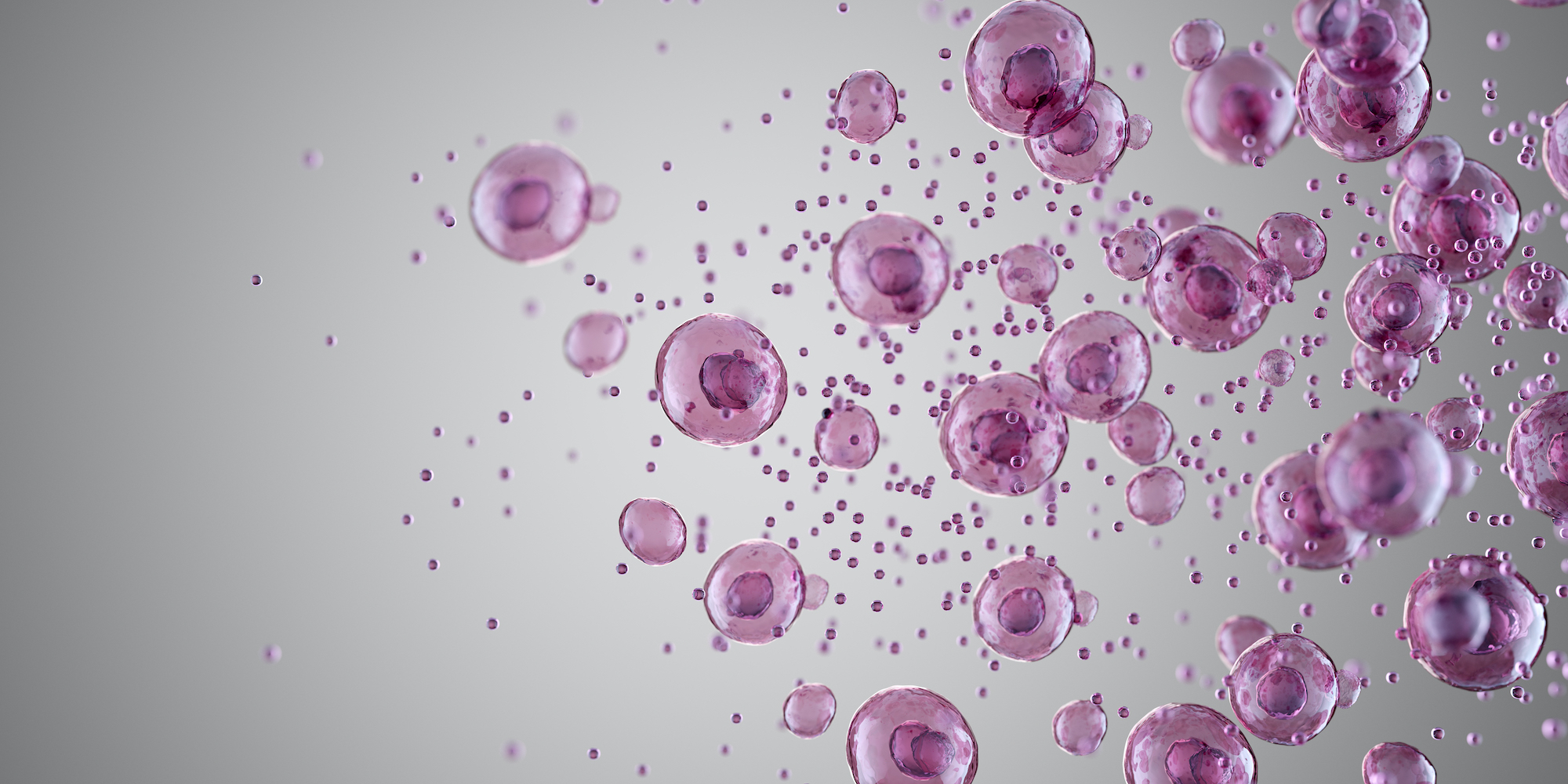
Findings from the Cornell study
The 4 metal or metalloid nanoparticles selected for the study are widely distributed in the food supply, being used, in particular, as technological food additives in the food industry, as anti-caking, colouring or whitening agents (e.g. in table salt), as well as in some low cost nutritional supplements (e.g. Centrum multivitamin and mineral supplements, Fig 1).
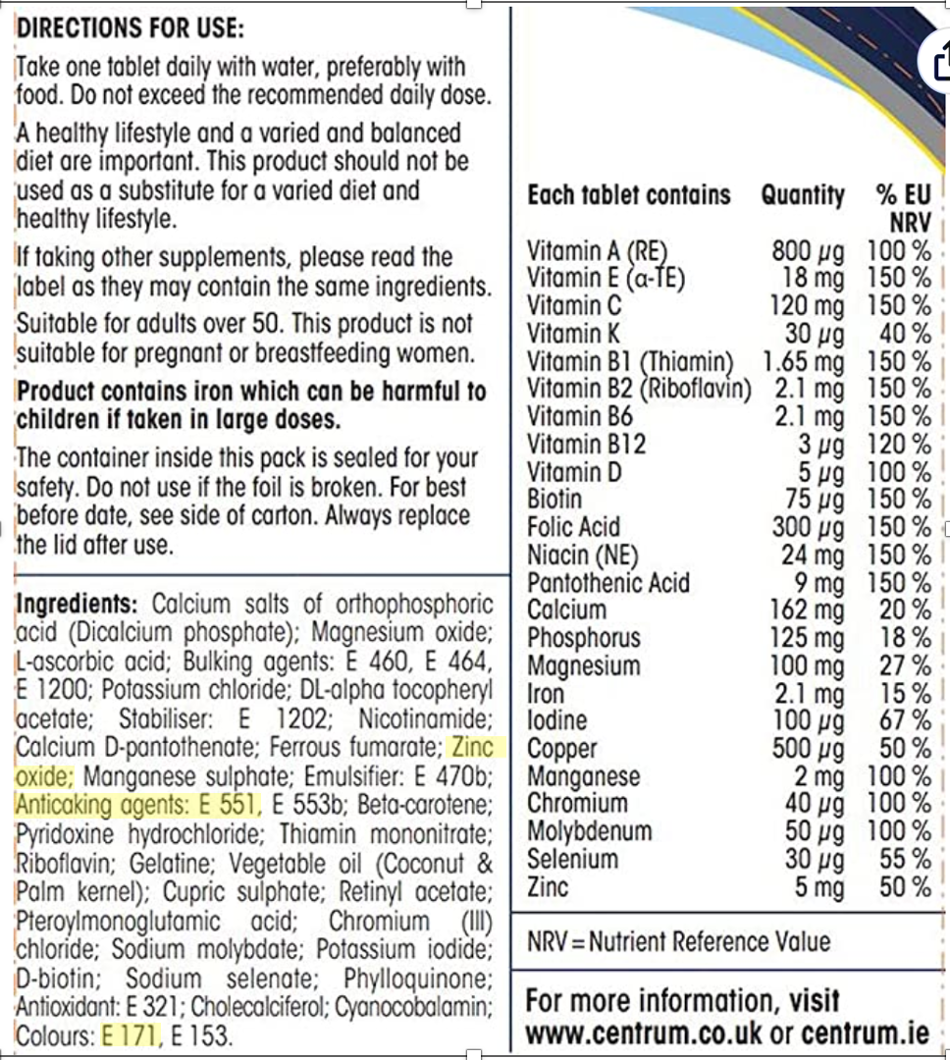
Figure 1. Centrum Advance 50+ Multivitamin & Mineral Tablets (UK and Ireland) – with zinc oxide, silicon dioxide (E 551) and titanium dioxide (E 171) highlighted, these being three of four of the chemical compounds that were subject to the Cornell study. Important note: The size of the particles present in this product are unknown and may or may not be in the nano-scale. Magnesium oxide is another metal oxide in the Centrum product, but this was not included in the Cornell study.
The Cornell study, carried in collaboration with Binghampton University (in the state of New York), was an animal study involving an increasingly well recognised in vivo model using chickens. The study type offers relatively fast and low-cost screening of nanoparticles that might cause disturbances to the gut lining or gut-based microbial communities.
The characterised food-grade nanoparticles were injected, following sonication to ensure dispersal (non-clustering), into the amniotic fluid of the eggs, which was in turn consumed by the developing embryos. On hatching, the chickens were euthanised, dissected and specific tissues were frozen to preserve them and subsequently sectioned and prepared for extensive testing and analysis.
The amounts and forms of the titanium, silicon, iron and zinc oxide nanoparticles were selected to be approximately representative of the amounts to which humans would be exposed when consuming food additives or supplements based on these metal or metalloid compounds.
The key findings for some, or all, of the 4 nanoparticles studied can be summarised as follows:
- The nanoparticles impacted intestinal development in chicks
- The surface area of the intestinal lining was altered by exposure, reducing the length of villi/depth of crypts, so reducing the potential for nutrient absorption
- The nanoparticles, compared with controls, induced changes in the production of mucin that forms the mucosal layer of the intestinal lining, reducing its potential as an appropriate habitat for commensal bacteria and other microorganisms, as well as its protective role as a barrier to pathogens and harmful chemicals
- The nanoparticles had a negative impact on gut microbial communities, notably beneficial Bifidobacterium and Lacticaseibacillus bacteria
What does the study mean to us?
While we can't be certain that all findings from the Cornell study apply directly to humans, the study is yet another that suggests that there may well be health concerns with technological additives or excipients commonly used by the food and nutritional industries - as well as the pharmaceutical industry.
We have evolved over millennia with exposure to metals and metalloid compounds, these being vital to a very wide array of functions, from immune health to collagen formation, oxygen transport in blood, neurotransmitter function, enzyme activity, detoxification – almost every metabolic and physiological system operating on the body.
We cannot always directly transfer results from an experimental model, such as the in vivo chicken model used by the Cornell group, to human health and our dietary exposures. But at the same time, there is increasing evidence that in vivo (living organism) based models like the one used in the Cornell study, rather than in vitro ('test tube') ones, are useful surrogates for what happens in the real-world.
We ignore what Paracelsus taught us some 500 years ago at our peril: it's the dose that makes the poison. Therefore, minimising the amounts of frequency of exposure to technological additives of any form is a very good starting point.
More than this, if we know that the product in question poses a potential health risk in its non-nano form, when it is delivered in nanoform, it may well present an even greater risk to our health. This principle is particularly applicable to titanium dioxide which, according to its non-nutritional and toxicological properties, is quite distinct from the oxides or dioxides of silicon, iron or zinc, all of which have well understood nutritional roles.
Then again, these oxidised forms are also known to not be the most effective or safest forms of these nutritional elements. Other salts, compounds or chelates have been found through extensive research over many decades to be both safer and more effective. Hence their use in higher quality nutritional supplements.
Titanium dioxide - the bad egg in the basket
Concerns over the safety of titanium dioxide (E 171) have been gathering over recent years, with the EU (and Northern Ireland) imposing a ban on the compound effective as of 7 February 2022, this ban having been rejected by England, Wales or Scotland, one of the first signs of post-Brexit non-EU conformity in the nutritional sector, albeit not the example we had necessarily been hoping for!
The safety concerns have been greatest with respect to inhalation risks of the titanium dioxide, especially following its classification by the International Agency for Research on Cancer (IARC) as a potential human carcinogen.
In a landmark decision in November 2022, the European Court annulled the European Commission’s “Delegated Regulation of 2019 in so far as it concerns the harmonised classification and labelling of titanium dioxide as a carcinogenic substance by inhalation in certain powder forms” that was in turn informed by an earlier decision again titanium dioxide by the French government. The Court’s decision was based on its finding of “manifest errors of assessment and infringement of the criteria established for harmonised classification and labelling under Regulation No 1272/2008”.
The French government has recently announced its decision to appeal the European Court's decision.
This ongoing battle over titanium dioxide's safety, or otherwise, complicates an already complex and poorly understood area of science. It potentially raises questions over whether the precautionary principle approach taken by the European Commission may result in overreach by the national regulators in the EU. The fact that the Commission's decision was annulled by the European Court also reminds us of the power of the nanoparticle lobby that comes with the backing of Big Pharma and Big Food. There's a lot at stake if the carcinogen label for titanium dioxide sticks. The titanium dioxide industry continues to grow at around 6% year on year and was valued at USD 17.19 billion in 2020. It is a very widely used excipient (technological additive) in pharmaceutical products and Big Pharma won’t want a “potential carcinogen” classification hanging around its neck given the potential for downstream litigation.
One can presume if the concerns are restricted to inhalation exposure, Big Pharma might be prepared to live with it. But risks with developmental or intestinal damage or dysbiosis from oral exposure has quite different implications. Clearly the Cornell study in question, and another from 2022 published in the journal Food and Chemical Toxicology suggesting genotoxicity (DNA damage) in human intestinal cells, will make uneasy reading for Big Pharma.
Bottom line advice from ANH
Here's our most important piece of advice: Check the ingredients labels on manufactured foods and supplements and make sure you know what you're about to consume!
We’ve long advocated that we should do what we can to consume food and supplements that are as close to nature as you can get. Increasing dependence on processed foods and technological additives poses a health risk to human beings; end of. The premise of eating natural, largely unprocessed, nutrient dense foods, coupled with concentrated sources of nutrients in their natural forms, is central to the approach we take in our book RESET EATING, published last year, now available also as an e-book.
This means trying to avoid foods and supplements containing titanium dioxide (E 171) and, wherever possible, those also containing silicon dioxide (E 551). Silicon, the second most abundant element in the earth’s crust, is widely distributed in plant foods, and is especially rich in horsetail (Equisetum arvense) which has centuries of herbal medicinal use behind it. In other words, we know just how good botanically-derived natural silica can be for building collagen, strengthening bones, skin, nails and hair, as well as helping us through urinary infections – but those same benefits may not necessarily be there when we consume the synthetically produced, nano-scale version of the compound.
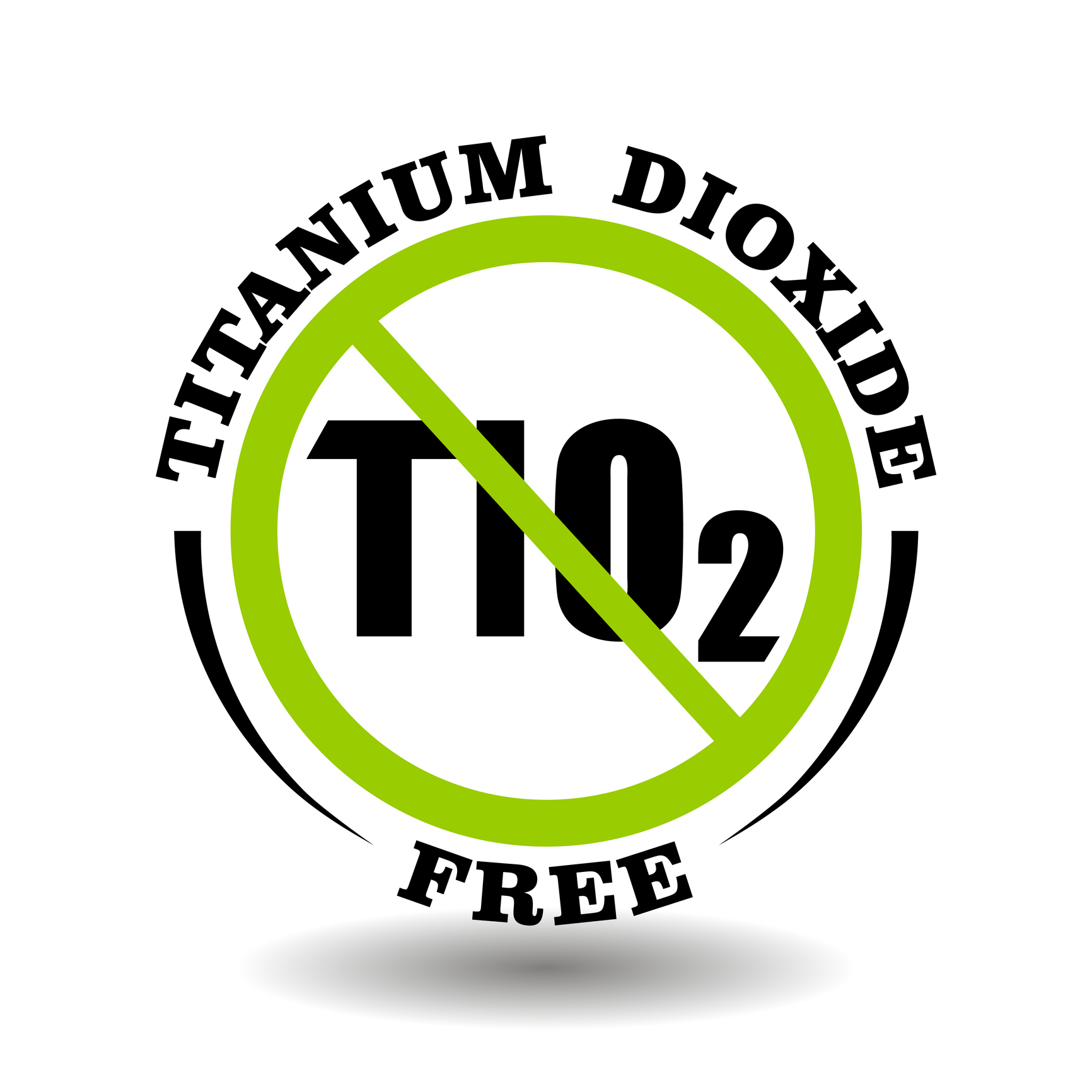
When it comes to zinc and iron – avoid the oxides, and opt for other forms. These might include citrate or amino acid chelated forms (e.g. bisglycinate, lysinate, monomethionine).
Find out more
- Read James Lyons-Weiler’s article on this same study on his Popular Rationalism substack
- France bans titanium dioxide from 2020
- Great Britain rejects titanium dioxide ban
- Final feedback from European Medicine Agency (EMA) to the EU Commission request to evaluate the impact of the removal of titanium dioxide from the list of authorised food additives on medicinal products.
- EFSA opinion calls out safety concerns of titanium dioxide as a food additive
- California Bill AB418 seeks to ban 5 chemicals including titanium dioxide
- FDA doubles down on titanium dioxide safety
- American Chemistry Council’s statement on the ‘safety’ of titanium dioxide.
>> Feel free to republish - just follow our Alliance for Natural Health International Re-publishing Guidelines
>>> If you’re not already signed up for our weekly newsletter, sign up for free now using the SUBSCRIBE button at the top of our website – or better still – become a Pathfinder member and enjoy benefits unique to our members.
>>> Return to homepage




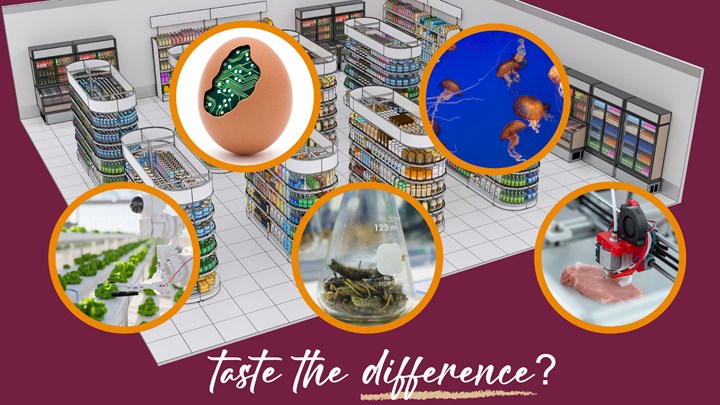
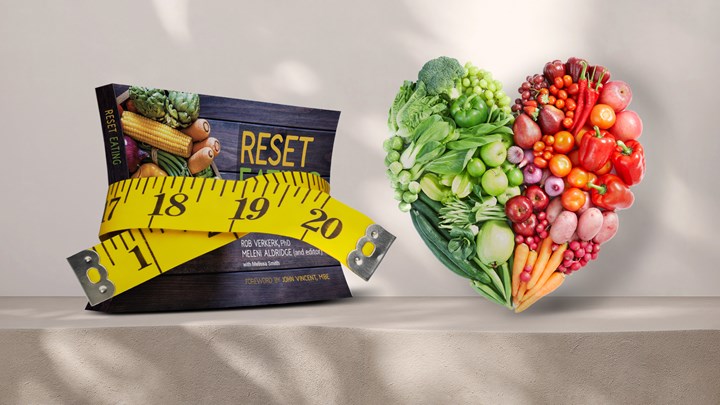
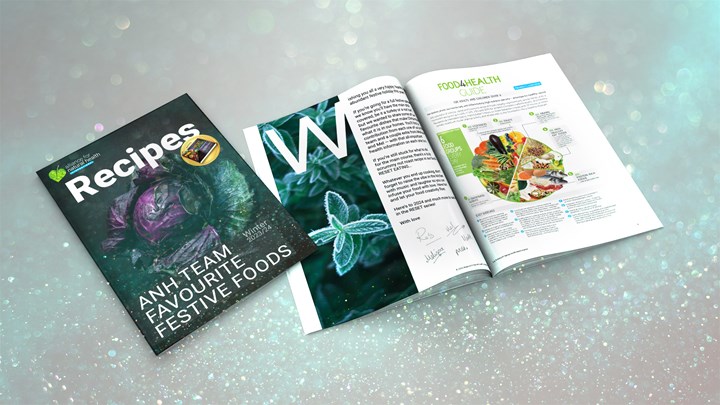
Comments
your voice counts
31 March 2023 at 9:14 am
A great article, Rob. I knew about the safety issues with many synthetic ingredients and always opt for a wholefood supplement along a diverse diet rich in organic produce. The supporting information is well presented and good to share with curious readers. Many thanks again for all your support
01 April 2023 at 12:45 am
Thanks for the article.
Your voice counts
We welcome your comments and are very interested in your point of view, but we ask that you keep them relevant to the article, that they be civil and without commercial links. All comments are moderated prior to being published. We reserve the right to edit or not publish comments that we consider abusive or offensive.
There is extra content here from a third party provider. You will be unable to see this content unless you agree to allow Content Cookies. Cookie Preferences